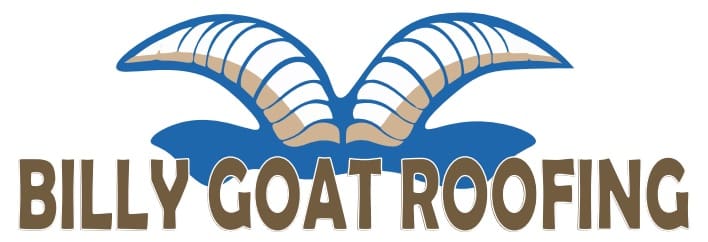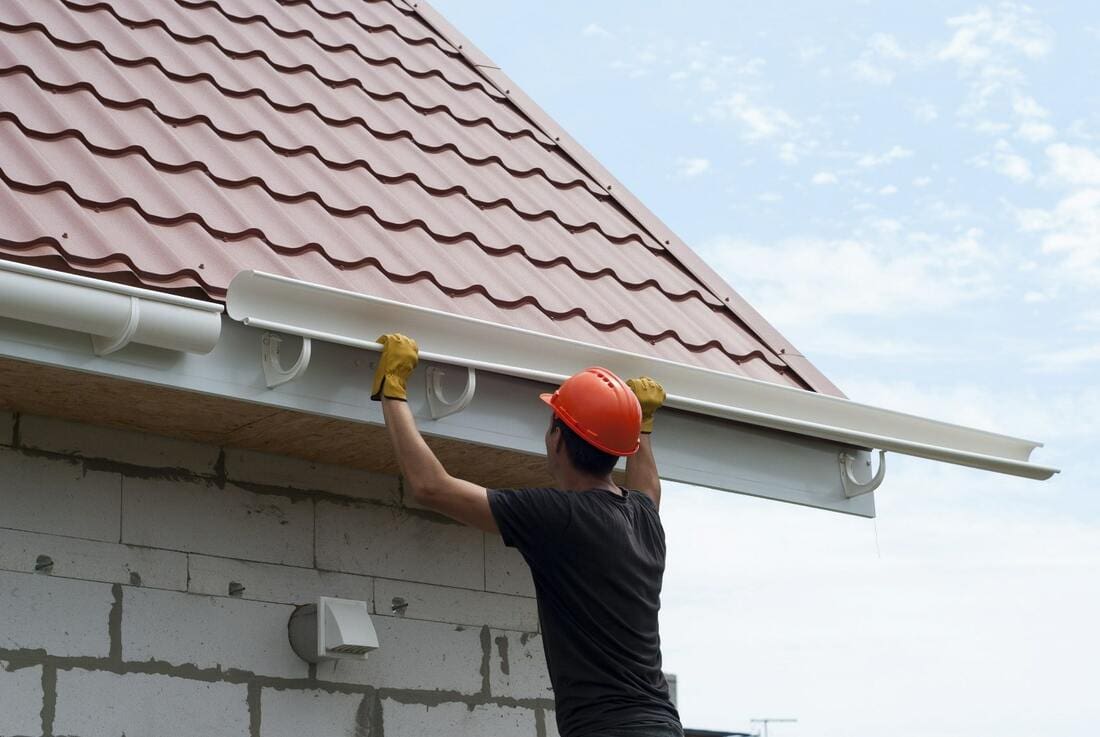When it comes to home maintenance, the roof often takes center stage. Homeowners diligently invest in quality roofing materials, regular inspections, and repairs to ensure the protection of their homes from the elements. However, there’s one crucial component that tends to go unnoticed but plays a pivotal role in safeguarding your roof – gutters. In this comprehensive post, we’ll delve into the often underestimated world of gutters, exploring their vital functions, the consequences of neglect, and why they are indispensable for your roof’s longevity and overall well-being.
The Fundamentals of Gutters
Before we explore the significance of gutters, let’s establish a fundamental understanding of what they are and how they operate. Gutters are channels attached to the edges of your roof, designed to collect and redirect rainwater away from your home’s foundation. They typically consist of troughs, downspouts, and various accessories such as gutter guards. The primary purpose of gutters is to prevent water from accumulating on your roof, mitigate erosion around your home, and protect your foundation from water damage.
#1: Moisture Management
One of the primary roles of gutters is to manage moisture effectively. When rain falls on your roof, gutters collect and channel the water away from the foundation. Without gutters, rainwater would cascade down the sides of your home, saturating the soil around the foundation. This excess moisture can lead to a host of problems, including foundation damage, basement flooding, and soil erosion.
Moisture management is crucial not only for the structural integrity of your home but also for preventing the growth of mold and mildew. Excessive moisture can create a breeding ground for these harmful microorganisms, which can infiltrate your home’s interior and pose health risks to your family.
#2: Roof Protection
Gutters play a vital role in protecting your roof from water-related damage. When rainwater accumulates on the roof’s surface, it can seep into the underlying layers, compromising the structural integrity of the roofing materials. Over time, this can lead to leaks, rot, and even structural damage.
By efficiently channeling water away from the roof, gutters prevent these issues and extend the lifespan of your roofing materials. This is particularly crucial in regions with heavy rainfall or frequent storms, where the risk of water damage is significantly higher.
#3: Foundation Preservation
Your home’s foundation is its literal support system, and protecting it should be a top priority. When rainwater is not properly directed away from the foundation, it can lead to a phenomenon known as foundation settling. This occurs when the soil beneath the foundation becomes unevenly saturated, causing it to shift and settle.
Gutters act as a barrier against foundation settling by directing water away from the base of your home. This prevents soil erosion, maintaining the stability of the foundation and preventing potentially costly structural issues. In the long run, the investment in gutters proves to be a cost-effective measure compared to the expenses associated with foundation repairs.
Consequences of Neglected Gutters
Now that we’ve highlighted the essential functions of gutters, it’s crucial to understand the consequences of neglecting their maintenance. Failing to address gutter issues can lead to a domino effect of problems, impacting not only your roof but also other critical components of your home.
- Roof Damage: Clogged or damaged gutters can cause water to accumulate on your roof, leading to leaks, rot, and deterioration of roofing materials. This can result in expensive repairs or, in severe cases, the need for a full roof replacement.
- Foundation Issues: Neglected gutters allow water to pool around your home’s foundation, increasing the risk of soil erosion and foundation settling. The consequences can include cracks in the foundation, structural instability, and a compromised overall home structure.
- Basement Flooding: When gutters fail to redirect water away from the foundation, basement flooding becomes a real risk. Excessive moisture around the foundation can infiltrate basements and crawl spaces, causing water damage to possessions and creating an environment conducive to mold growth.
- Landscape Erosion: Without properly functioning gutters, rainwater can erode the soil around your home, negatively impacting your landscaping. This erosion can result in the loss of topsoil, damage to plants and trees, and an overall degradation of your property’s aesthetic appeal.
- Insect Infestations: Stagnant water in clogged gutters becomes a breeding ground for mosquitoes and other insects. The moist environment created by neglected gutters attracts pests, posing potential health risks to your family and pets.
The Importance of Regular Gutter Maintenance
Understanding the potential consequences of neglected gutters underscores the importance of regular maintenance. Just like any other component of your home, gutters require attention and care to ensure they function optimally. Here are key aspects of gutter maintenance that homeowners should prioritize:
- Cleaning: Regularly remove debris such as leaves, twigs, and dirt from your gutters to prevent clogs. This is especially important in seasons when trees shed their leaves, as accumulated debris can impede water flow and lead to overflow issues.
- Inspection: Periodically inspect your gutters for signs of damage, including rust, corrosion, and sagging. Look for loose or missing fasteners and ensure that the gutters are securely attached to the roofline.
- Repairs: Promptly address any issues identified during inspections. Repair leaks, replace damaged sections, and tighten loose fasteners to maintain the integrity of your gutter system.
- Downspout Maintenance: Ensure that downspouts are clear and free of obstructions. Redirect downspouts away from the foundation, using extensions if necessary, to prevent water accumulation near the base of your home.
- Gutter Guards: Consider installing gutter guards to minimize the accumulation of debris in your gutters. These protective covers allow water to flow through while blocking leaves and other debris, reducing the frequency of manual cleanings.
Investing in Quality Gutters
While regular maintenance is crucial, investing in high-quality gutters from the outset is equally important. Quality gutters are more durable, resistant to rust and corrosion, and better equipped to handle the demands of diverse weather conditions. When selecting gutters for your home, consider factors such as material, design, and the climate of your region.
- Material: Gutters are commonly available in materials such as aluminum, steel, vinyl, and copper. Each material has its own set of advantages and considerations. Aluminum gutters, for example, are lightweight, corrosion-resistant, and cost-effective, making them a popular choice for many homeowners.
- Design: The design of your gutter system also plays a role in its effectiveness. K-style gutters, with their flat bottoms and decorative fronts, are a popular choice for many homes. Half-round gutters, resembling a semi-circle, offer a classic aesthetic and are often chosen for historical or upscale homes.
- Climate Considerations: The climate of your region should influence your choice of gutters. In areas with heavy rainfall, a larger gutter system with a higher capacity may be necessary to accommodate the volume of water. Additionally, regions prone to freezing temperatures may benefit from gutter heaters to prevent ice dams.
Conclusion
In the grand scheme of home maintenance, gutters might seem like a minor detail, but their impact on your roof’s longevity and well-being is substantial. By efficiently managing moisture, protecting your roof, and preserving your home’s.

